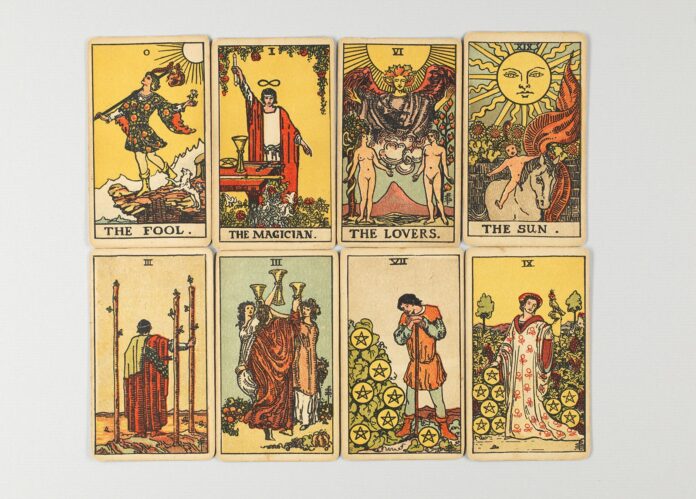
In a world where mysticism often intertwines with reality, tarot cards have captured the fascination of many. But are they truly mystical windows into the future, or is there more beneath the surface?
This blog post delves deep into the world of tarot cards, separating fact from fiction, and unveiling the real insights they offer.
History: Origins and Evolution of Tarot Card Reading
Steeped in history, tarot cards trace their origins back to 14th-century Europe. Initially devised as a card game, their transition to divination tools began in the 18th century.
Over time, it evolved from a game to a profound method of introspection, attracting seekers who yearned for self-discovery and guidance.
Myth 1: Tarot Cards Predict the Future Accurately
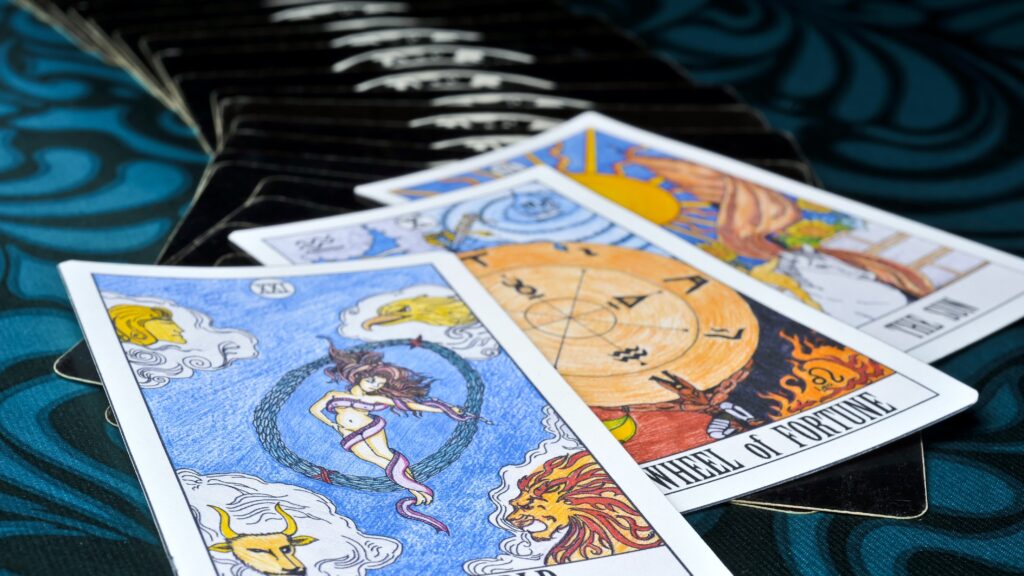
One of the most common myths surrounding tarot is that they possess an uncanny ability to predict the future with pinpoint accuracy. However, the truth is far more nuanced.
They serve as mirrors reflecting our subconscious thoughts and emotions, offering insights into potential outcomes based on our current paths.
Reality 1: Tarot as Symbolic Reflection, Not Future Gazing
Rather than offering a crystal-clear glimpse into the future, they operate as symbolic guides. A skilled reader, whether in-person or through online psychic and tarot card readings, interprets the cards’ imagery, allowing seekers to explore their feelings, desires, and challenges.
By confronting these aspects, individuals can make informed choices that shape their own destinies. This personalized interaction bridges the ethereal world of tarot with the practicality of self-discovery, whether it’s done face-to-face or virtually.
It underscores the importance of a reader’s proficiency in helping seekers navigate the labyrinth of their thoughts, providing them with insights that empower and encourage a deeper understanding of their life’s journey.
Myth 2: Tarot Readers Possess Supernatural Powers
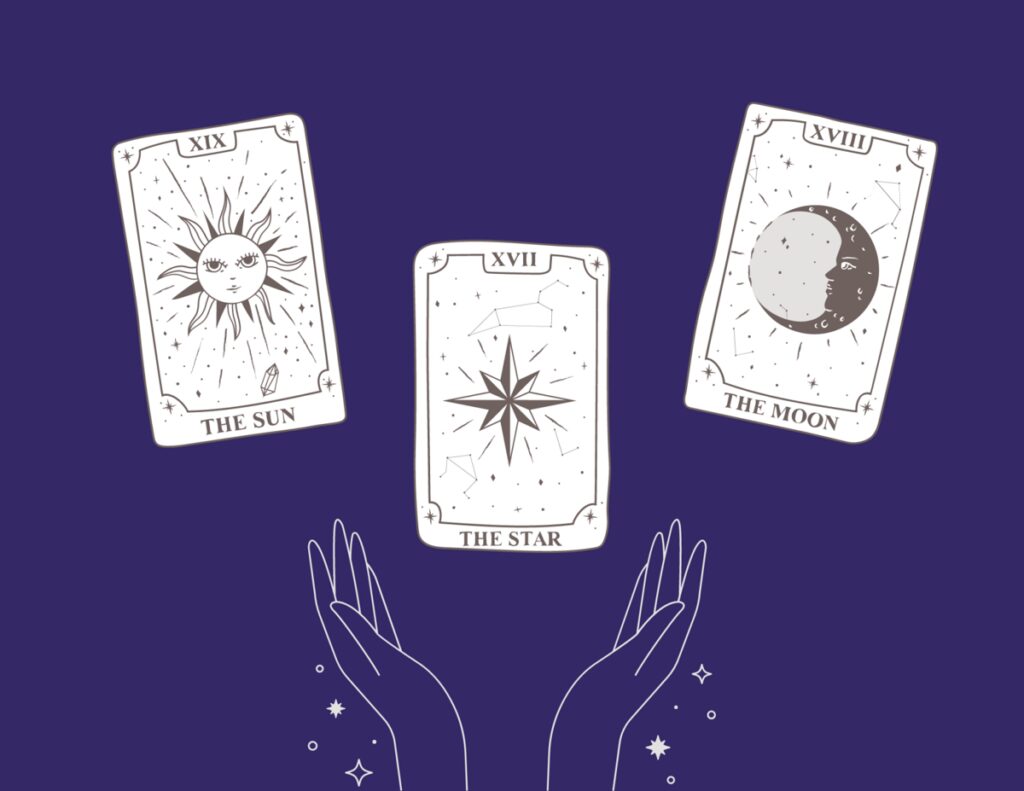
The veil of mystique shrouding it often perpetuates the myth that its practitioners wield supernatural abilities. Yet, the truth is grounded in human talents rather than otherworldly gifts.
A proficient reader isn’t a seer peering into the ether; they’re an interpreter skilled in connecting symbolism with human experiences. The intuitive insights they provide stem from empathy, psychological insight, and a profound comprehension of archetypes. While not supernatural, their abilities are extraordinary in their understanding of the human psyche.
By demystifying this misconception, we reveal that readers are skilled guides who offer a compassionate ear and an astute mind—a far cry from possessing magical powers. It’s a testament to the beauty of human capabilities rather than the realm of the supernatural.
Reality 2: Psychological Proficiency of Skilled Tarot Practitioners
Beneath the enigmatic allure of reading lies a foundation built upon psychological finesse rather than otherworldly powers. A skilled practitioner is akin to a perceptive guide, adept at deciphering the intricate language of human emotions and thoughts.
Through astute questioning and empathetic listening, they unravel the seeker’s narrative, weaving it seamlessly with the archetypal imagery of the cards. This amalgamation doesn’t manifest from the supernatural but from the practitioner’s deep understanding of human psychology and the art of conversation.
Their ability to navigate the labyrinth of emotions with finesse empowers seekers to confront challenges, embrace insights, and chart their course forward. Thus, the real magic lies not in the mystical, but in the intricate dance of psychology and intuition.
Myth 3: Tarot Decks Hold Inherent Magic
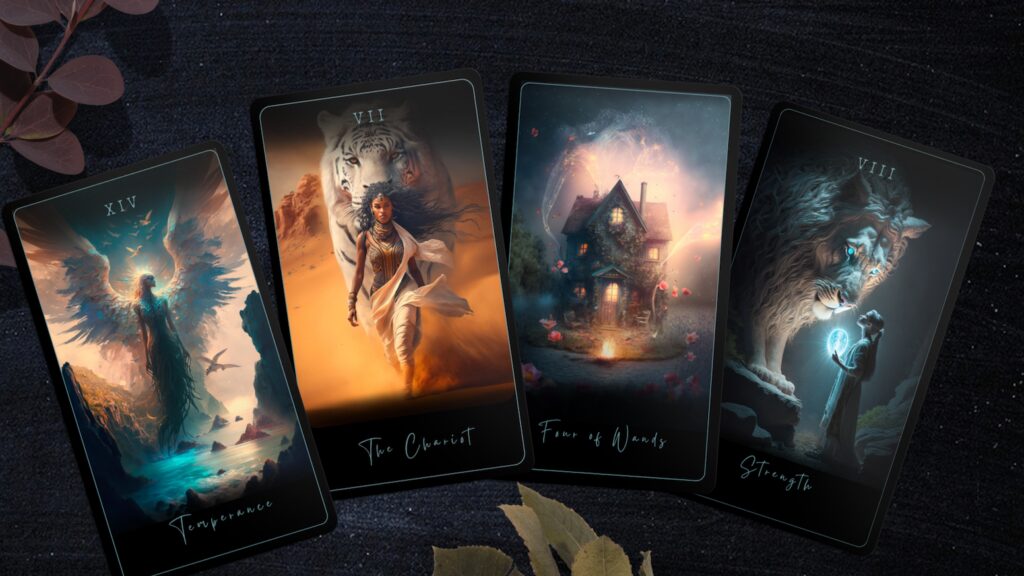
The allure of beautifully illustrated decks often leads to the misconception that these cards themselves hold intrinsic magical properties.
However, the magic resides not in the physical cards, but in the connections formed between the reader, the seeker, and the archetypal imagery.
Reality 3: Tarot’s Power Lies in Interpretation, Not Objects
Within the enchanting array of tarot cards, it’s not the ornate images or mystical paper that holds the potency—it’s the art of interpretation that sets the stage ablaze. Tarot, in its essence, is a language of symbols that whispers to the subconscious.
The true magic unfurls through the intuitive dance of the reader, translating these symbols into insights that resonate deeply with seekers. A skilled reader crafts a bridge between the cards and the seeker’s heart, casting light on hidden corners and illuminating possibilities. The cards are but vessels, conduits for the intricate interplay of energies and emotions.
Through the lens of interpretation, the seeker discovers not just answers, but a profound connection with their own narrative, fostering empowerment and self-awareness.
Myth 4: Tarot Readings Are Universal and Fixed
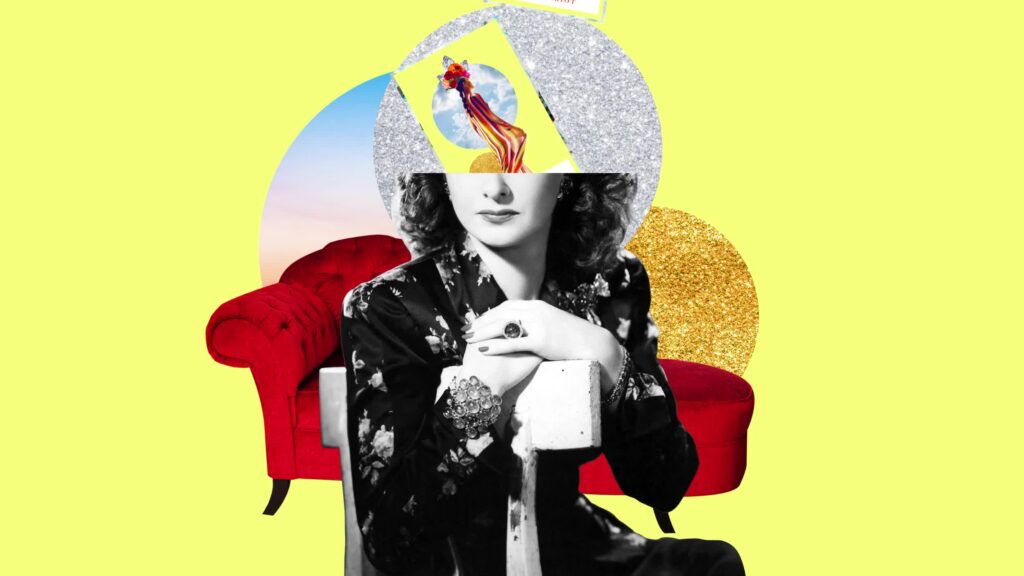
Contrary to the common misconception, readings are not rigidly fixed blueprints. The idea that each card carries an unchanging meaning applicable to all disregards the tapestry of human experiences. The magic lies in its adaptability.
Each reading is a unique narrative spun by the seeker’s query, energy, and circumstances. A card’s significance shifts as it dances within the context of the seeker’s life story. The Tower might symbolize necessary upheaval for one and a call for resilience to another.
Embracing the fluidity of interpretation allows it to breathe life into guidance, making it a personal, evolving roadmap rather than a one-size-fits-all prophecy. In this malleability, seekers find a profound connection to their own journey, uniting universal symbolism with their distinct path.
Reality 4: Interpretive Flexibility: Context Influences Tarot Meanings
Every card possesses a dynamic range of meanings that adapt like a chameleon to the context in which they appear. The beauty lies in the interpretive flexibility that acknowledges life’s nuances.
A single card can shift from a harbinger of challenges to a beacon of opportunities, depending on the seeker’s question, emotions, and life stage. Just as a painting’s significance transforms with the eye of the beholder, it weaves a tapestry of meanings uniquely threaded to individual experiences.
This fluidity ensures that tarot remains an art of connection, where readers skillfully intertwine the universal archetypes with the seeker’s personal narrative, creating an empowering and resonant reading that guides them through the labyrinth of life.
Conclusion: Embracing Tarot for Self-Exploration and Empowerment
In a world seeking answers and meaning, they offer a pathway to self-exploration and empowerment. They are not fortune-telling tools but mirrors that reflect our inner landscapes.
By dispelling myths and embracing the realities, individuals can tap into their own wisdom, make informed choices, and navigate life’s labyrinth with newfound confidence.
Intriguingly woven through history and psychology, tarot cards provide a unique lens through which we can better understand ourselves and our surroundings. So, whether you’re a skeptic or a believer, the truth about tarot is more complex and enriching than the myths suggest.
It’s a journey inward, a dialogue with symbolism, and an avenue toward personal growth. So, why not shuffle the cards and embark on a journey of self-discovery? The answers you seek might just be waiting in the intricate art of the tarot.








